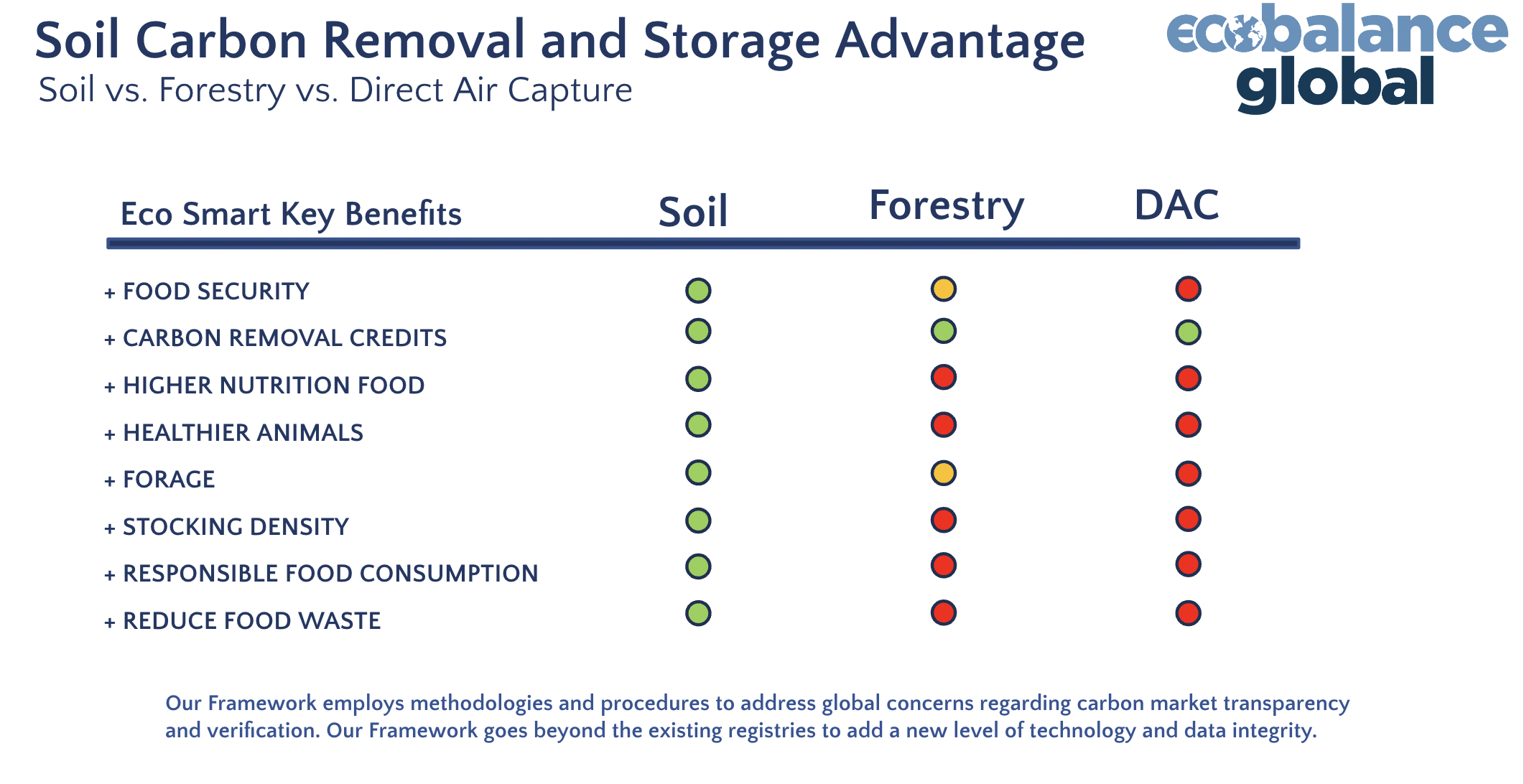by Jessie Koerner
Share
Share

Introduction
The global challenge of climate change coupled with the need to feed an ever-growing population calls for innovative approaches to agriculture and land management. Regenerative agriculture stands out as a transformative solution, not just for its ability to capture carbon but for its broader environmental and societal benefits. This practice offers a promising path toward enhancing food security, improving the nutritional quality of food, and restoring ecological health.
Deep Dive into Regenerative Practices
Regenerative agriculture is based on a variety of practices designed to improve the rate at which CO2 is removed from the atmosphere and converted into plant material and soil organic matter. Key practices include:
- No-Till Farming: This method significantly reduces the disturbance of soil microbiota, conserves moisture, and maintains organic layers. By avoiding traditional plowing, no-till farming minimizes carbon loss and enhances soil structure, leading to better water retention and reduced erosion.
- Cover Cropping: Planting cover crops like clover and hairy vetch in between regular crop cycles replenishes soil nutrients, prevents weed growth, and reduces the need for chemical herbicides. These crops play a critical role in nitrogen fixation, which enhances soil fertility without the heavy carbon footprint associated with synthetic fertilizers.
- Enhanced Efficiency Nitrogen Fertilizers: These fertilizers are designed to release nutrients at a slower, more controlled rate. By reducing nitrogen loss through leaching and volatilization, these fertilizers improve the efficiency of nutrient use and decrease the emissions of nitrous oxide, a potent greenhouse gas.
Comparative Insights: Forestry and Direct Air Capture
Forestry: Sustainable forestry practices not only help in carbon sequestration but also protect watersheds, preserve wildlife habitats, and maintain biodiversity. Managed correctly, forests can continue to act as vital carbon sinks without undermining the ecological or commercial value they offer.
Direct Air Capture (DAC): While DAC is an emerging technology with the potential to significantly reduce atmospheric CO2, its high energy use, and substantial infrastructure requirements limit its current scalability and ecological benefits. Unlike regenerative practices, DAC does not contribute to biodiversity or soil health.
System-Wide Benefits
The adoption of regenerative agriculture offers multifaceted benefits:
- Food Security and Nutritional Quality: Healthier soils produce crops with higher nutritional values, which is vital for overall human health. Moreover, improved soil health ensures higher yields and greater resilience against drought and pests, directly contributing to food security.
- Biomass Production: Enhanced soil fertility increases biomass productivity, which can be utilized for bioenergy, further reducing dependency on fossil fuels.
- Biodiversity and Ecosystem Services: Regenerative agriculture supports a wide array of flora and fauna, enhancing ecosystem services such as pollination, which are crucial for many crops.
- Climate Mitigation: By capturing more carbon in the soil, these practices contribute to climate change mitigation, offering a natural solution to a global challenge.
Conclusion
In conclusion, regenerative agriculture not only addresses the need for sustainable food production but also aligns with global efforts to combat climate change through enhanced carbon sequestration. This approach contrasts sharply with DAC and even complements sustainable forestry by offering a broader range of environmental benefits. As such, regenerative agriculture should be central to discussions on sustainable land use and climate mitigation strategies. By adopting these practices widely, society can step towards a more resilient and sustainable future.


